B.188
B.
Bulletin
New Zealand's leading
gallery magazine
Latest Issue
B.22201 Dec 2025
Contributors

Director's Foreword
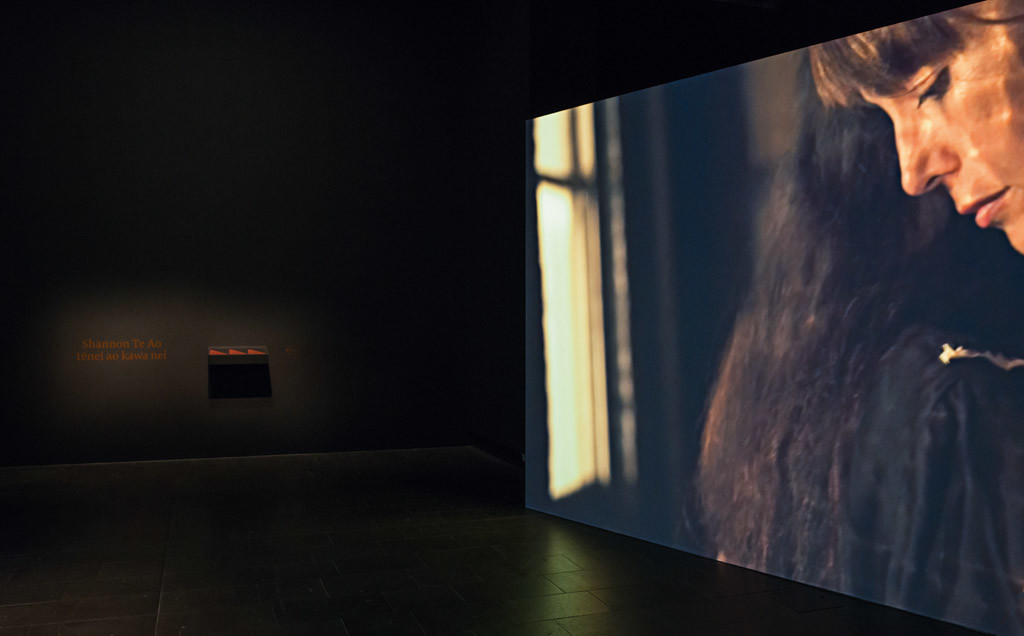
Director's Foreword
Sometimes I feel inordinately proud of this gallery and especially of my colleagues. I wonder if it’s unreasonable or otherwise questionable. However, as I write, I don’t think so.
Commentary
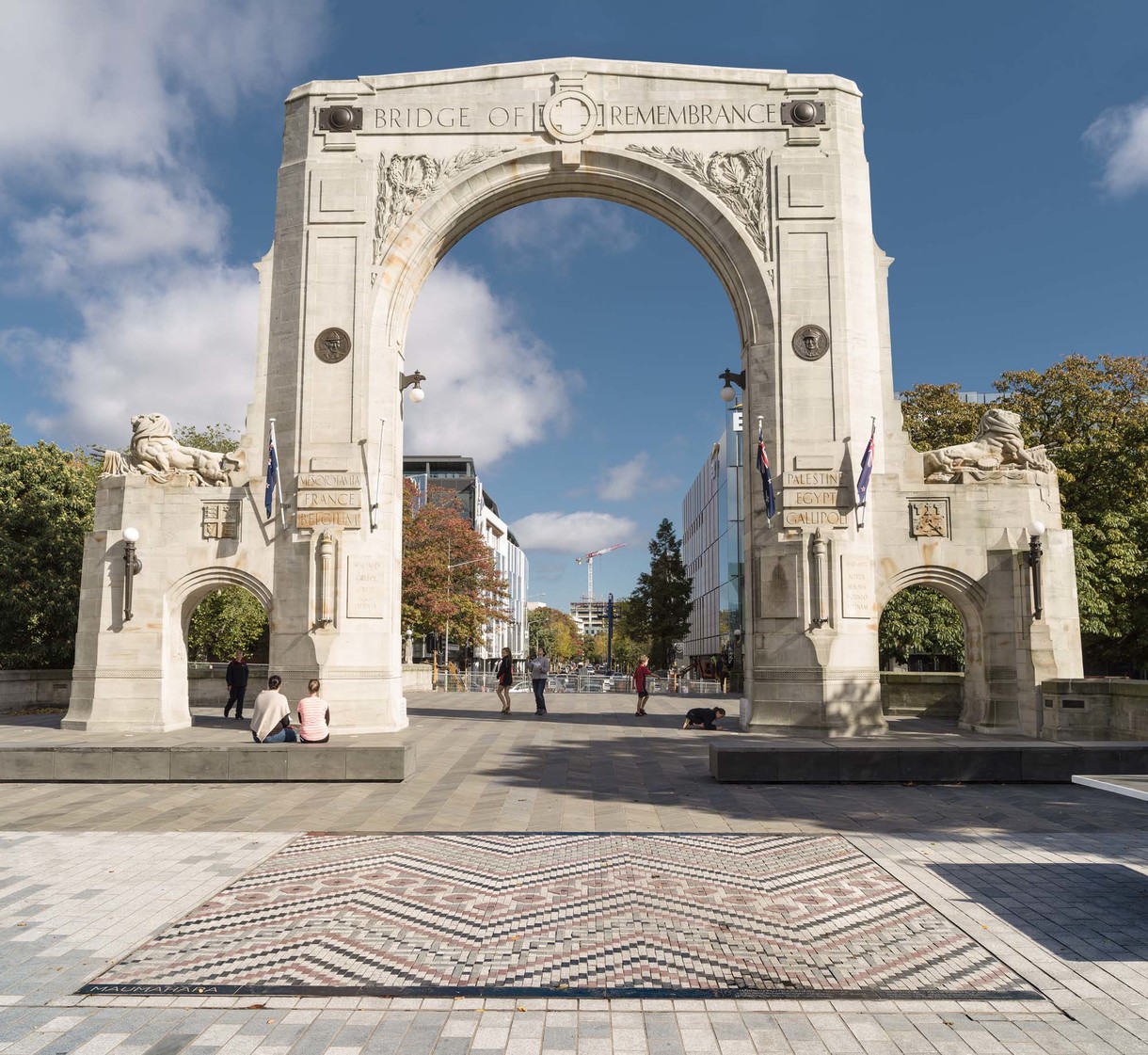
Bringing the Soul
As an eleven-year-old boy from Whāngarei, sent to live in Yaldhurst with my aunt in the late seventies, Christchurch was a culture shock. Arriving in New Zealand’s quintessential ‘English city’, I remember well the wide landscapes and manicured colonial built environment. It was very pretty but also very monocultural, with no physical evidence of current or former Māori occupation or cultural presence, or at least none that I could appreciate at that time.
Interview

In The Studio
Paul Moorhouse: We are standing in front of a full-size cartoon for Cosmos, the new wall painting that will be installed at Christchurch Art Gallery. How does the cartoon relate to the final wall painting?
Bridget Riley: The cartoon is painted in gouache on paper, but it gives me a good idea of the full-scale image that will be recreated on the wall in Christchurch. I have also made a smaller painting in acrylic directly onto the wall here in the studio. This is complete in itself, and provides the information I need to give me confidence in the appearance of the discs when the larger image is created on the gallery wall.
Article
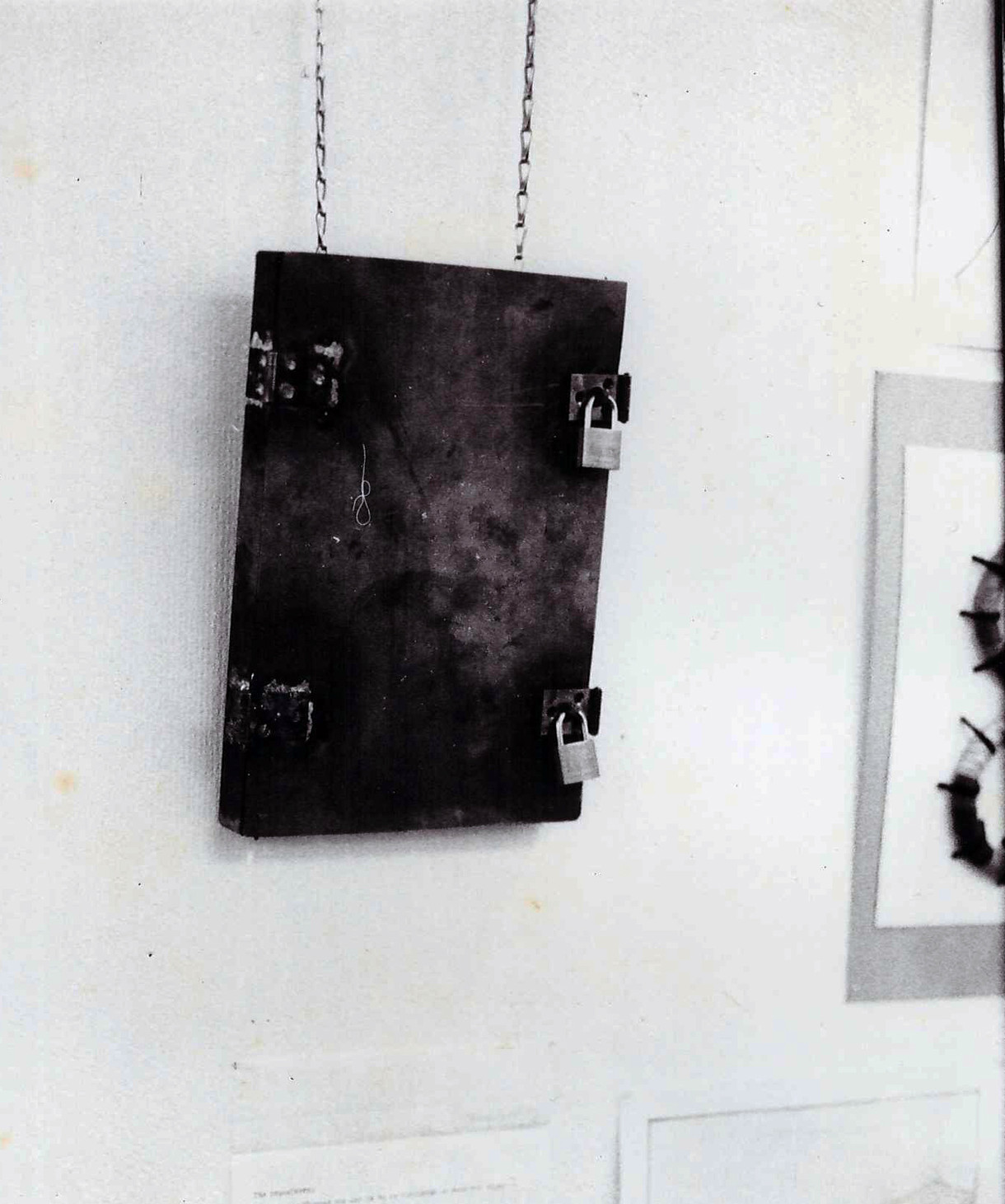
The Art of the Heist
In early August of 1977, two students from the University of Canterbury School of Art walked into the Robert McDougall Art Gallery, took a painting off the wall, and walked out the front door. After lunch, the director Brian Muir noticed a 7 by 9 inch painting was missing.
Interview
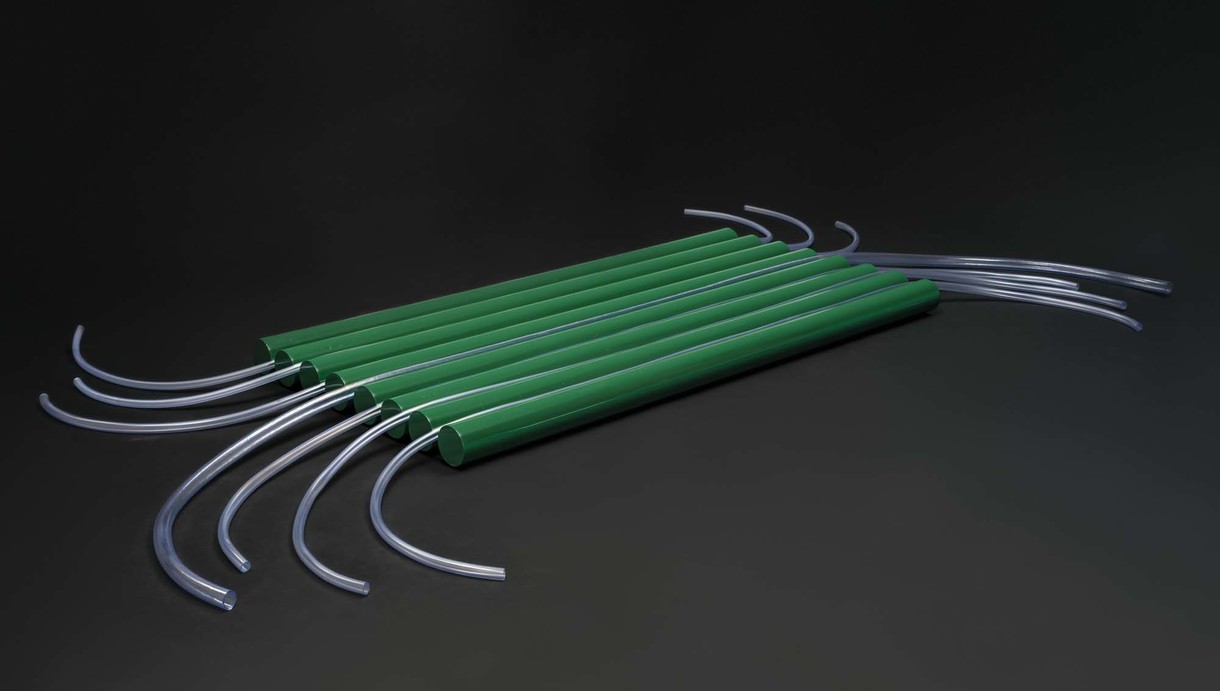
Sideslip
Sydow: Tomorrow Never Knows recently opened at Gallery and the exhibition’s curator, Peter Vangioni, took the opportunity to interview UK-based sculptor Stephen Furlonger. Furlonger was a contemporary of Carl Sydow and mutual friend and fellow sculptor John Panting, both at art school in Christchurch and in London during the heady days of the mid 1960s. His path as an artist during the late 1950s and 1960s in many ways mirrored that of Sydow and Panting.
Interview
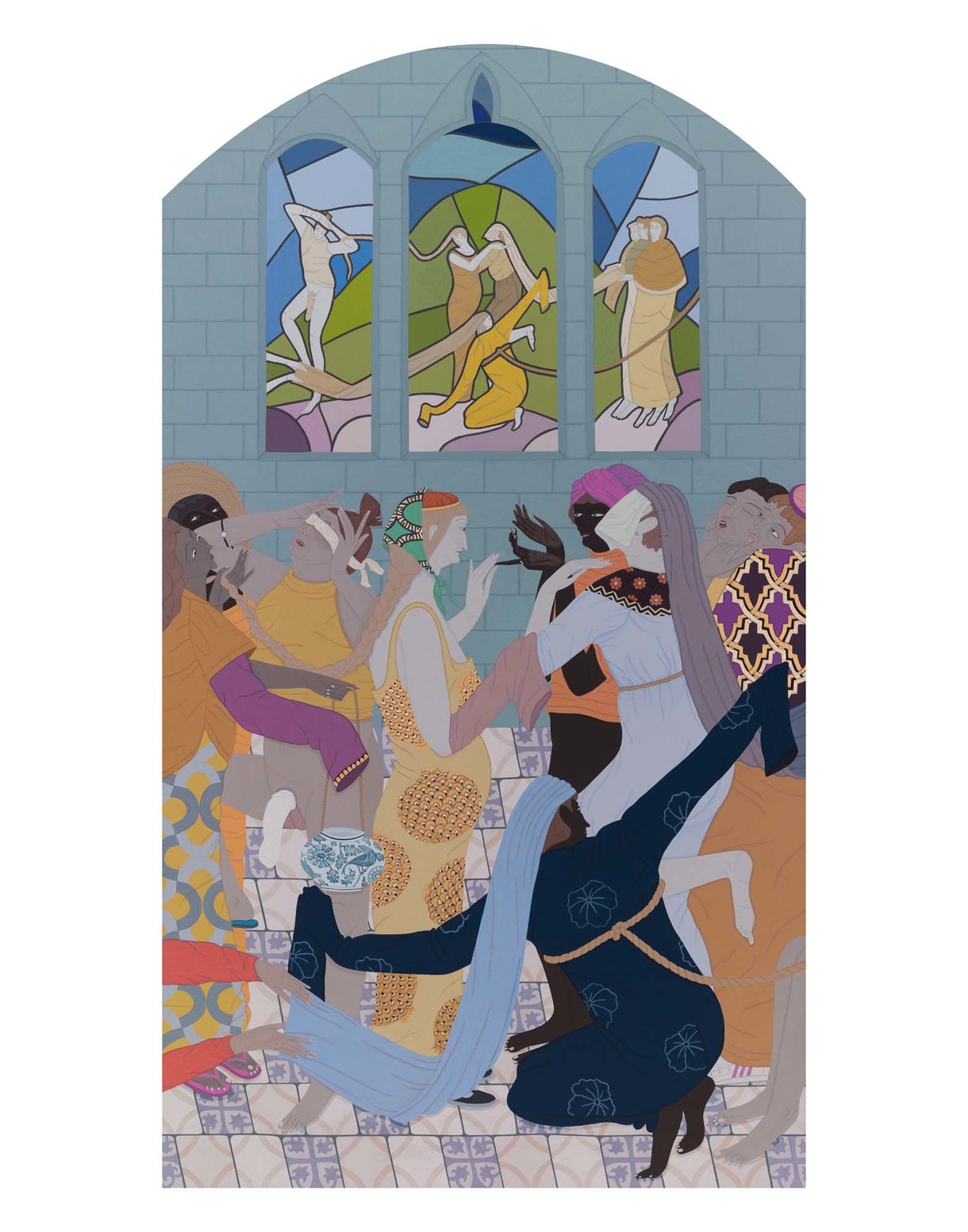
Observing Rituals
Kushana Bush is a Dunedin-based artist, whose meticulously detailed and stage-like worlds blend religious themes with secular narratives, often manifesting in ritualistic violence. Her paintings examine what spirituality, ritual and community might mean in a contemporary world. She spoke with Balamohan Shingade of ST PAUL St Gallery in February
Postcard From...

Postcard From...
From a European perspective, Berlin is a young city. Indeed, as a nation state, Germany itself only dates back pretty much as far as New Zealand does. In terms of history, age is of course no measure of weight or substance... no one would ever argue Berlin in any way lacks historical clout. It’s one of the things that drew me here and remains one of the aspects of the city I draw so much enrichment from. There’s a permanent awareness of the past here, living on as a daily reality in ways I’ve never encountered elsewhere; a melding of past and present which at times, and especially recently, seems particularly relevant and impacts inevitably on how you see the world around you.
Commentary
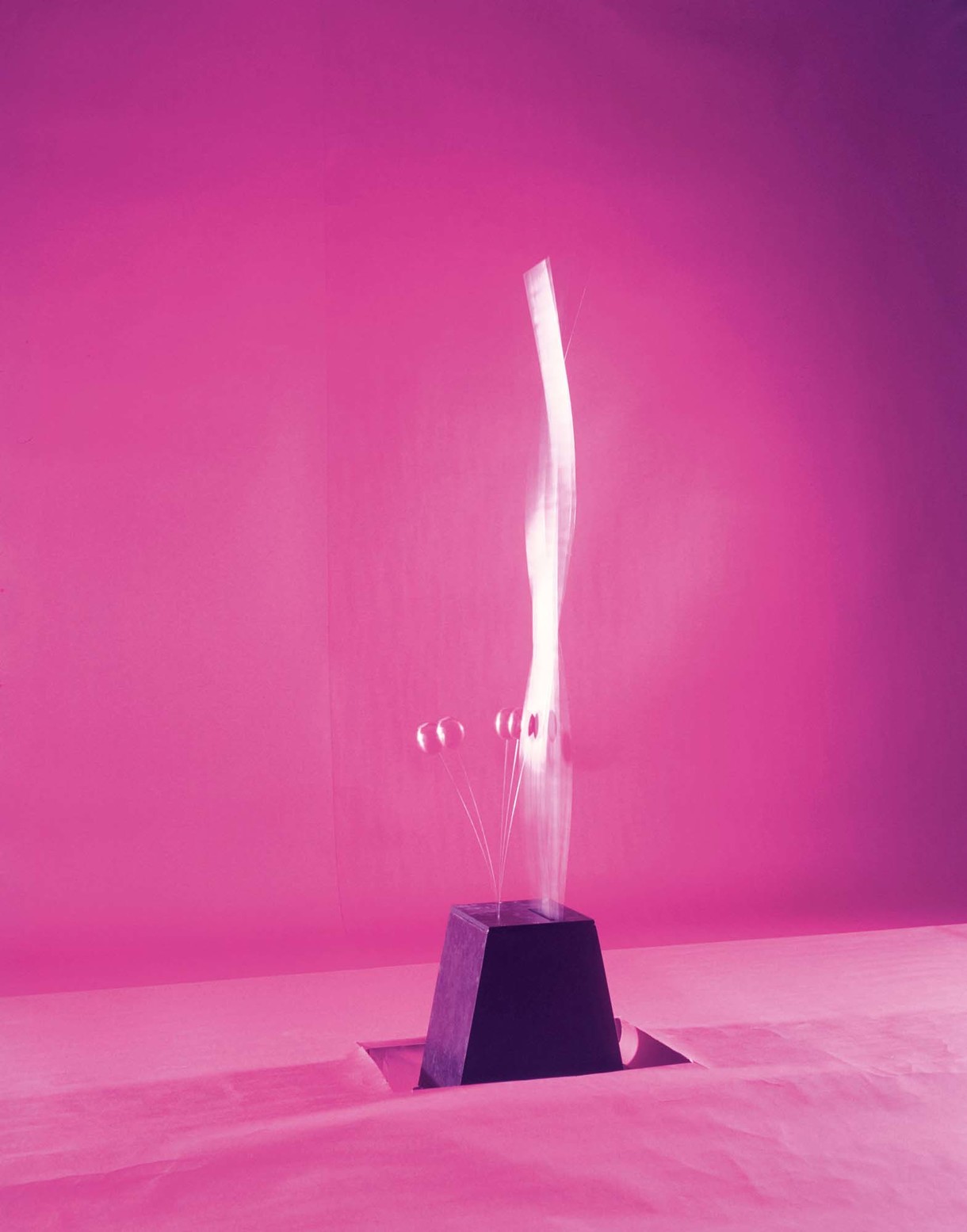
Len Lye Works
The glancing body of a hooked swordfish; the shivering skin of a panicky horse; a shiny tin kicked in rage by a young boy outside the Cape Campbell lighthouse. This triptych of memories was the inspiration for avant-garde New Zealand sculptor, painter and film-maker Len Lye’s Blade (1972–4) – a vertical band of steel that curves, flexes, arches then hammers frenetically against a cork ball in a fury of light, sound and movement.
My Favourite
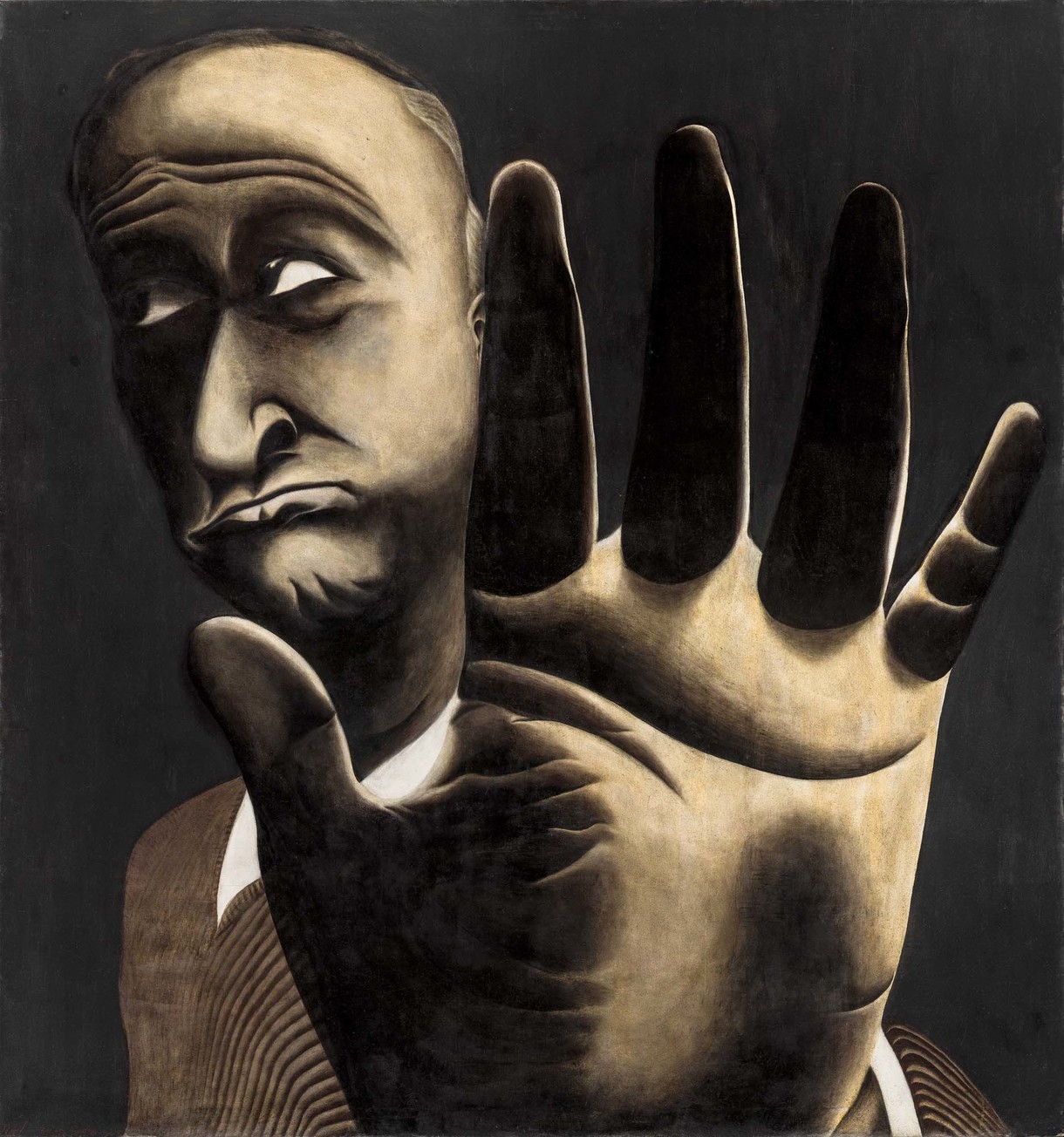
Tony Fomison's No!
I’ve chosen this because it’s probably Tony’s best-known painting (it’s the one that the Gallery chose to upsize onto an inner-city wall) and because it’s emblematic of his art, which was confrontational and definitely not user-friendly. In a long profile I wrote of him in the 1970s he said of his middle-class patrons: ‘I’ve got a bee in my bonnet about them. They’re the swine I rely on to buy my paintings. I hope these paintings fester on their walls and they have to take them down and put them behind the piano. I hope the paintings get up and chase them round the house.’






